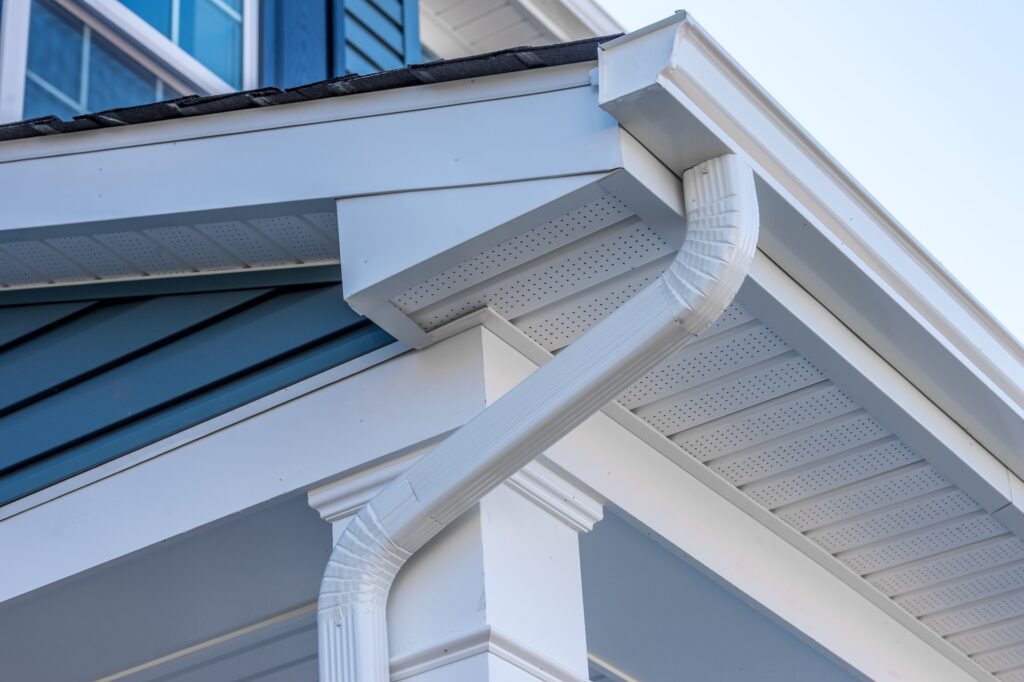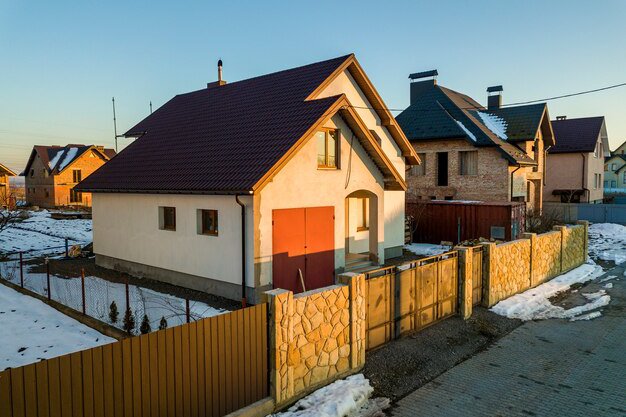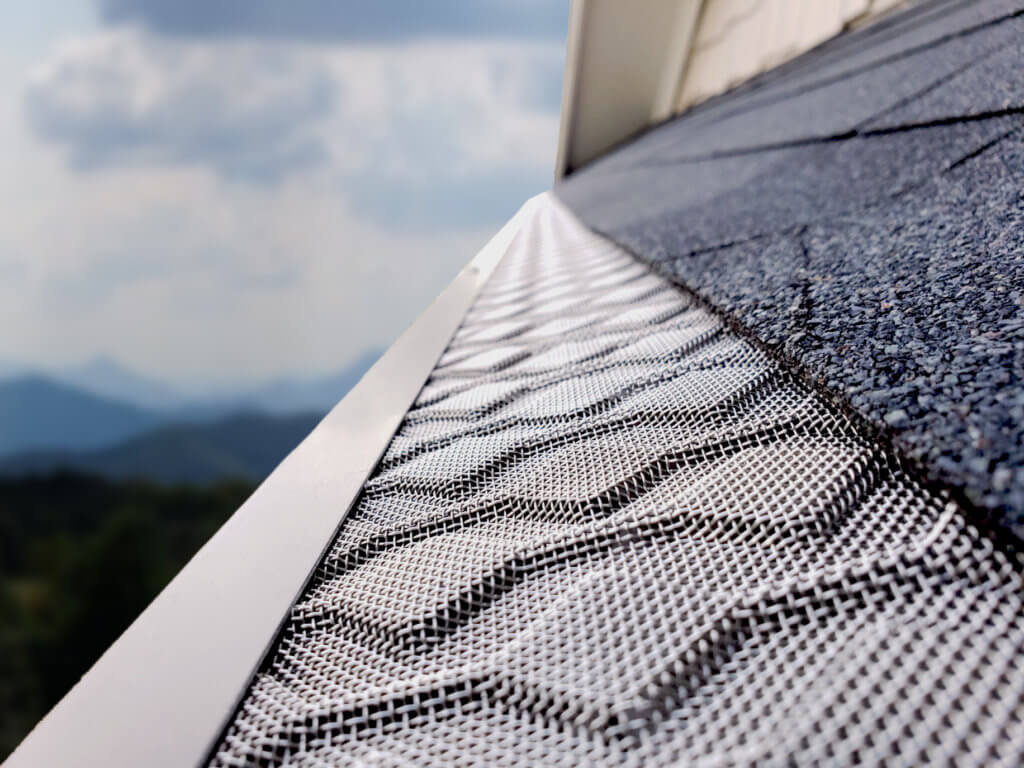Maximize Your Roofing Warranty in Scappoose, Oregon
For homeowners in Scappoose, Oregon, a new roof represents a significant investment. Beyond the initial cost, understanding and maximizing your roofing warranty is crucial for protecting that investment over the long term. While roofing manufacturers often provide warranties stretching for decades, sometimes even a lifetime, the reality is that many homeowners never fully utilize or even understand the coverage they possess. The lifespan of a roof, while expected to be long, can be influenced by numerous factors, and the warranty serves as a safety net against material defects. However, navigating the terms, conditions, and requirements of these warranties can be complex, and overlooking key details can render the coverage useless when you need it most. This article will delve into the nuances of roofing warranties and provide essential steps to ensure you can leverage yours effectively.
Understanding the different types of warranties available and what they cover is the first step. Generally, you'll encounter two main categories: manufacturer warranties and workmanship warranties. Manufacturer warranties cover defects in the roofing materials themselves – issues like premature granule loss, cracking, or manufacturing flaws in shingles, underlayment, or other components. Workmanship warranties, on the other hand, cover errors made during the installation process, such as improper nailing, incorrect flashing installation around chimneys or vents, or faulty sealing that leads to leaks. While a reputable contractor will typically offer their own workmanship warranty, manufacturer warranties often have stringent requirements regarding who installs the roof to keep the material warranty valid.
One of the most critical distinctions within manufacturer warranties is whether they are prorated or non-prorated. A prorated warranty diminishes in value over time. For example, a 50-year prorated warranty might cover 100% of the material cost for the first 10 years, but only a decreasing percentage after that, based on the roof's age. This means if your roof fails due to a material defect 30 years in, the warranty might only cover a small fraction of the replacement cost. In contrast, a non-prorated warranty (often available for a limited period, such as 10-20 years, before potentially becoming prorated or ending) covers 100% of the material cost (and sometimes labor for a period) for the specified non-prorated duration, regardless of how far into that period the failure occurs. Choosing a manufacturer like Malarkey or CertainTeed that offers strong non-prorated options can provide significantly better protection, especially in the earlier years of the roof's life when material defects are most likely to appear.
Despite the promise of long-term coverage, many roofing warranties go unused or are found invalid when a claim is attempted. There are several common reasons for this:
- Homeowner Turnover: Homes change hands, and often, the new owners are unaware a transferable warranty exists, or they miss the deadline for transferring it.
- Lost Documentation: Warranty certificates, proof of purchase, and installation details are essential for filing a claim. If these documents are lost, proving coverage can be impossible.
- Forgotten Warranties: With warranties lasting 20, 30, or even 50 years, homeowners may simply forget they have one or where to find the information.
- Fine Print Conditions: Warranties are legal contracts with specific requirements. Failure to adhere to clauses regarding maintenance, ventilation, or using compatible components can void the coverage.
- Installation Issues: Manufacturer warranties often require installation by a certified or approved contractor. If the roof was installed by a non-certified roofer, the manufacturer may deny a material defect claim, arguing the issue was due to improper installation rather than faulty materials.
Maximizing your roofing warranty requires proactive effort from the moment you consider a new roof. It starts with careful planning and selecting not just the right materials, but also the right contractor and warranty package.
One of the first steps is to choose a strong, transferable warranty, ideally one with a non-prorated period. When discussing options with contractors, inquire specifically about the manufacturer's warranty, its terms, duration (prorated and non-prorated periods), what it covers (materials, labor, disposal), and its transferability. A transferable warranty is a valuable asset if you plan to sell your home in Scappoose, as it can provide peace of mind to potential buyers.
For planning a future roof replacement or budgeting, getting an estimate is a great first step. You can quickly get an idea of costs without an in-person visit.
Get a fast roof cost estimate
Perhaps the single most important factor in validating a manufacturer's warranty is selecting a manufacturer-certified contractor. Manufacturers like GAF, CertainTeed, Owens Corning, Malarkey, and IKO offer certification programs for roofing companies whose installers have undergone specific training and demonstrated knowledge of the manufacturer's installation requirements. Using a certified contractor ensures the roof is installed according to the manufacturer's strict specifications, which is often a mandatory condition for the full warranty to be valid. Warranty representatives are trained to look for signs of improper installation, and if found, they may attribute the roof failure to the installer's error rather than a material defect, thus denying the claim.
Proper installation goes beyond just having a certified contractor; it involves using the correct techniques and components. This includes the underlayment, flashing, ventilation, and nailing patterns specified by the manufacturer. Even high-quality materials can fail prematurely if installed incorrectly. A certified contractor understands these specifications and ensures they are followed precisely.
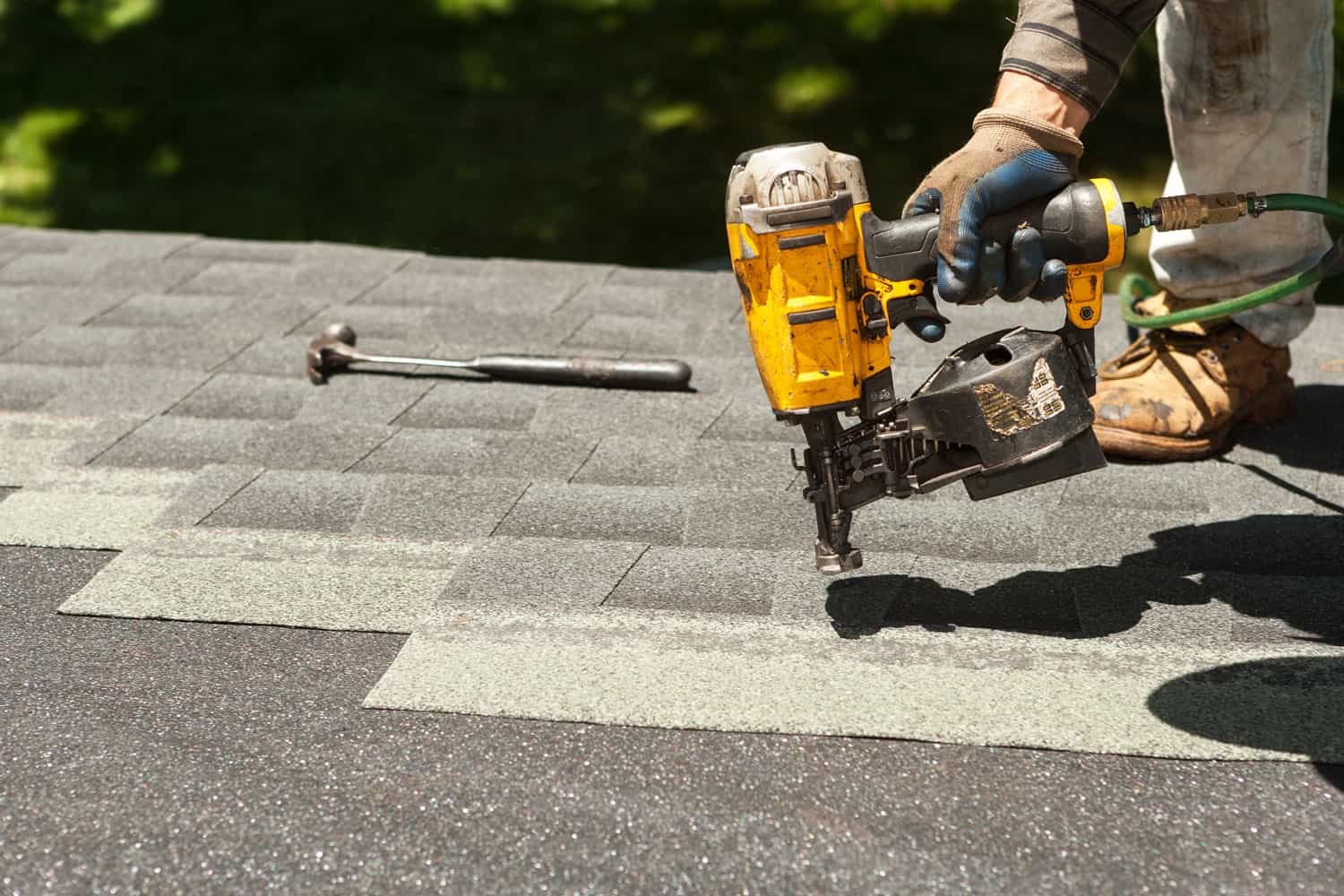
Documentation is absolutely essential for any potential warranty claim. You should keep a dedicated file containing:
- The original contract with the roofing company.
- The detailed invoice showing materials used and work performed.
- Proof of payment in full.
- The official manufacturer warranty certificate, usually provided after registration.
- Photos of the installation process, if possible.
- Records of any maintenance performed on the roof.
Store these documents in a safe, accessible place, perhaps a fireproof box or a secure digital archive. If you sell your home, having this documentation ready is crucial for transferring the warranty.
Regular maintenance and professional inspections are not just good practice; they are often required by the terms of the warranty. Manufacturers want to ensure the roof is properly cared for to prevent premature failure caused by neglect rather than material defects. This typically includes:
- Keeping gutters and downspouts clear of debris to ensure proper drainage.
- Removing moss, algae, or lichen growth, which can degrade roofing materials over time.
- Trimming overhanging branches to prevent physical damage and debris accumulation.
- Ensuring attic ventilation is adequate, as poor ventilation can lead to heat and moisture buildup that damages the roof deck and shingles.
A professional roof inspection, ideally annually or biennially, can identify minor issues before they become major problems and potentially void your warranty. An inspector can spot damaged shingles, compromised flashing, or ventilation issues that you might miss.
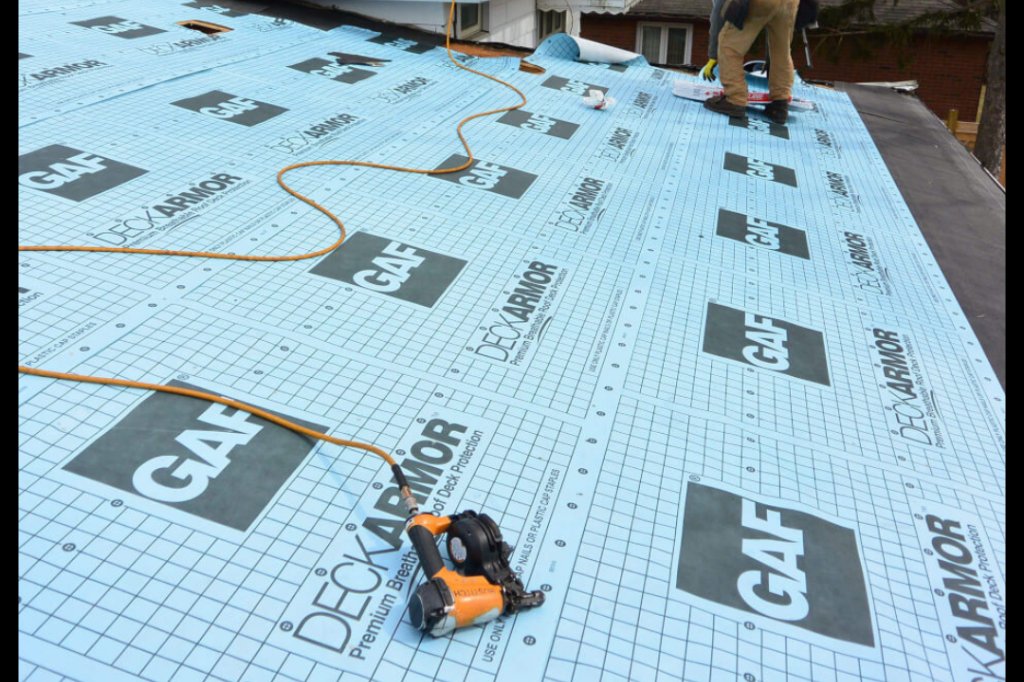
If you buy a home in Scappoose with a relatively new roof, inquire specifically about the roofing warranty. If a transferable warranty exists, act quickly to complete the transfer process according to the manufacturer's requirements. There is usually a specific timeframe (e.g., 30-60 days from the closing date) and a fee involved. Failure to transfer the warranty properly and on time will almost certainly invalidate it for the new owner. The seller should provide all necessary documentation.
Understanding common reasons for warranty denial can help you avoid them. Beyond improper installation and lack of documentation, denials can occur due to:
- Failure to Register: Many warranties require online or mail-in registration within a specific period after installation. Missing this deadline voids the warranty.
- Using Incompatible Accessories: Using roofing components (like specific types of underlayment, ventilation, or flashing) not approved or manufactured by the warranty provider can void coverage.
- Cosmetic Issues: Warranties typically cover material failure impacting the roof's performance (e.g., leaking, significant degradation), not minor cosmetic issues like slight color variations or minimal granule loss that doesn't affect the shingle's function.
- Acts of Nature Not Covered: Standard warranties may not cover damage from severe weather events like hail, high winds, or earthquakes unless specific endorsements for these perils were purchased. It's important to understand the difference between material defect coverage and your homeowner's insurance policy regarding storm damage.
- Improper Repairs or Alterations: If repairs or alterations (like installing a satellite dish or solar panels) are performed incorrectly or by a non-qualified party, and this work leads to a roof failure, the warranty may be voided.
Knowing what to do if you suspect a roofing issue is crucial. The first step is to assess the situation's urgency.
If you notice signs of a leak, significant storm damage, or any issue requiring immediate professional assessment to prevent further damage, don't delay.
Book an urgent roofing appointment
For less urgent situations, like planning for a future replacement, budgeting, or simply evaluating the condition of your roof in Scappoose without immediate concerns, getting an initial estimate can be very helpful.
For non-urgent situations like budget planning, comparing costs, or getting a general idea of your roof's condition for future projects, an instant estimate is a convenient option.
Get your free instant roof estimate
If you believe the issue might be covered by a warranty, contact your original roofing contractor first, especially if the issue seems related to installation. If it appears to be a material defect, or if the original contractor is no longer available, you will need to contact the manufacturer directly to initiate a warranty claim. Be prepared to provide all your documentation, photos of the issue, and details about the roof installation. The manufacturer will likely send an inspector to assess the claim.
Finding a qualified, certified roofer in your area is paramount for both proper installation and potential warranty claims. SkyQuote can help connect you with pre-vetted local roofing professionals.
Find a local roofer now
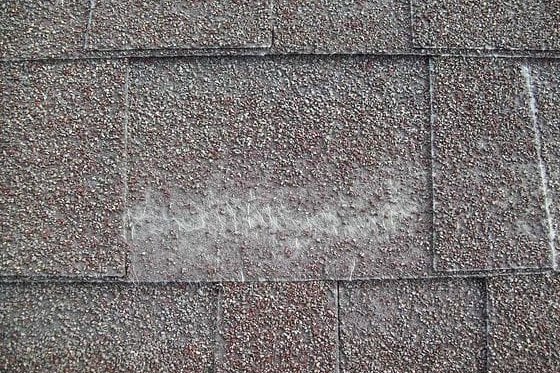
Beyond the warranty, the longevity of your roof ultimately depends on the quality of the materials, the expertise of the installation, and consistent maintenance. A warranty protects against manufacturing defects and, with the right coverage and installation, against certain installation flaws. But it cannot overcome the effects of neglect or choosing the cheapest, least durable materials. Investing in high-quality shingles, ensuring they are installed by a certified professional who follows best practices and manufacturer specifications, and committing to regular inspections and maintenance are the most effective ways to ensure your roof lasts its full expected lifespan and beyond.
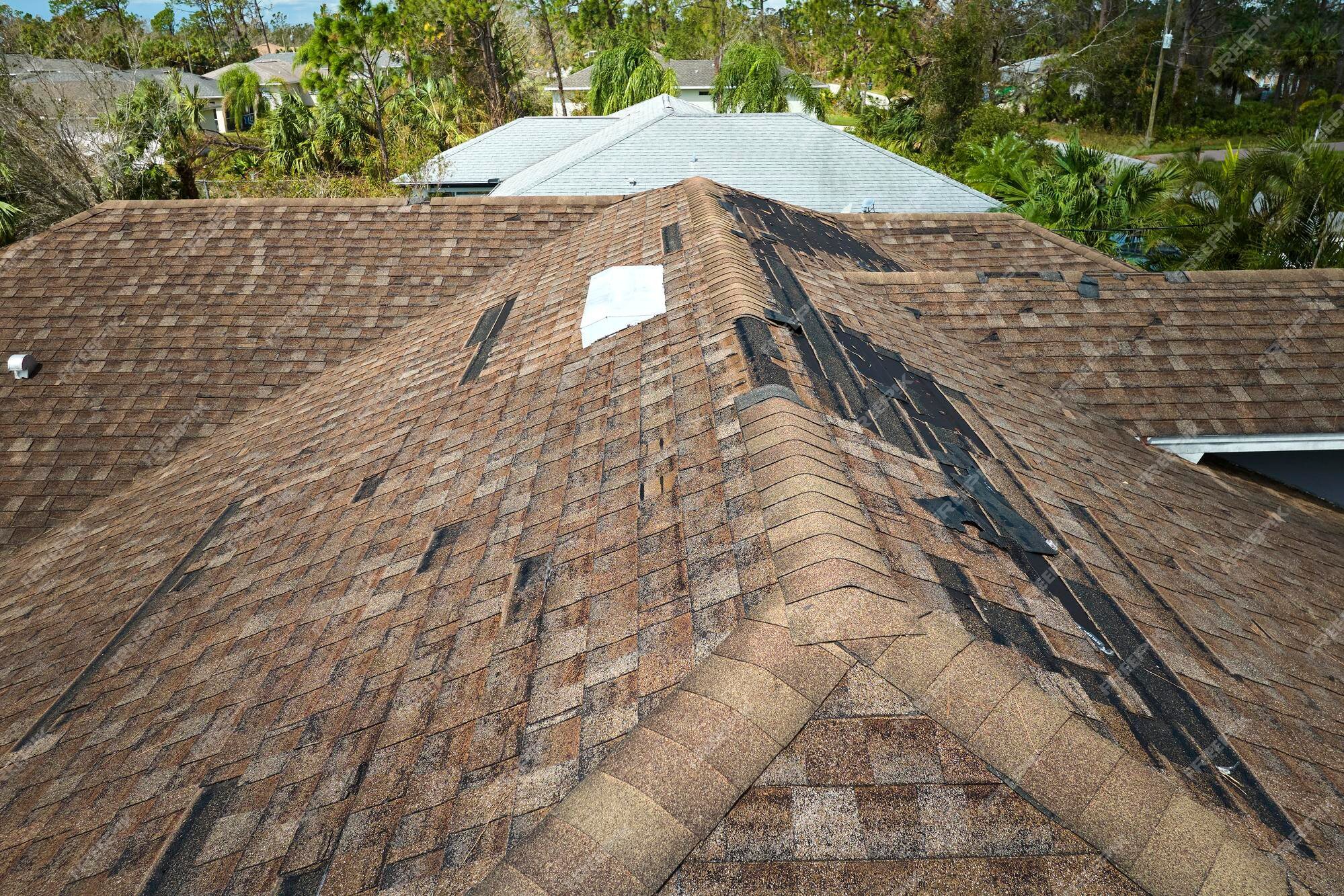
Protecting Your Roof, Protecting Your Home
Maximizing your roofing warranty in Scappoose means being an informed homeowner. It requires understanding the nuances of warranty coverage, recognizing the vital role of a certified contractor, keeping meticulous records, and performing regular maintenance. While warranties offer valuable protection against material defects, they are not a substitute for quality installation and ongoing care. By taking these steps, you significantly increase the likelihood that your roof will perform as expected for decades, and that your warranty will be there to provide coverage if a qualifying issue arises, protecting your significant investment in your home.
